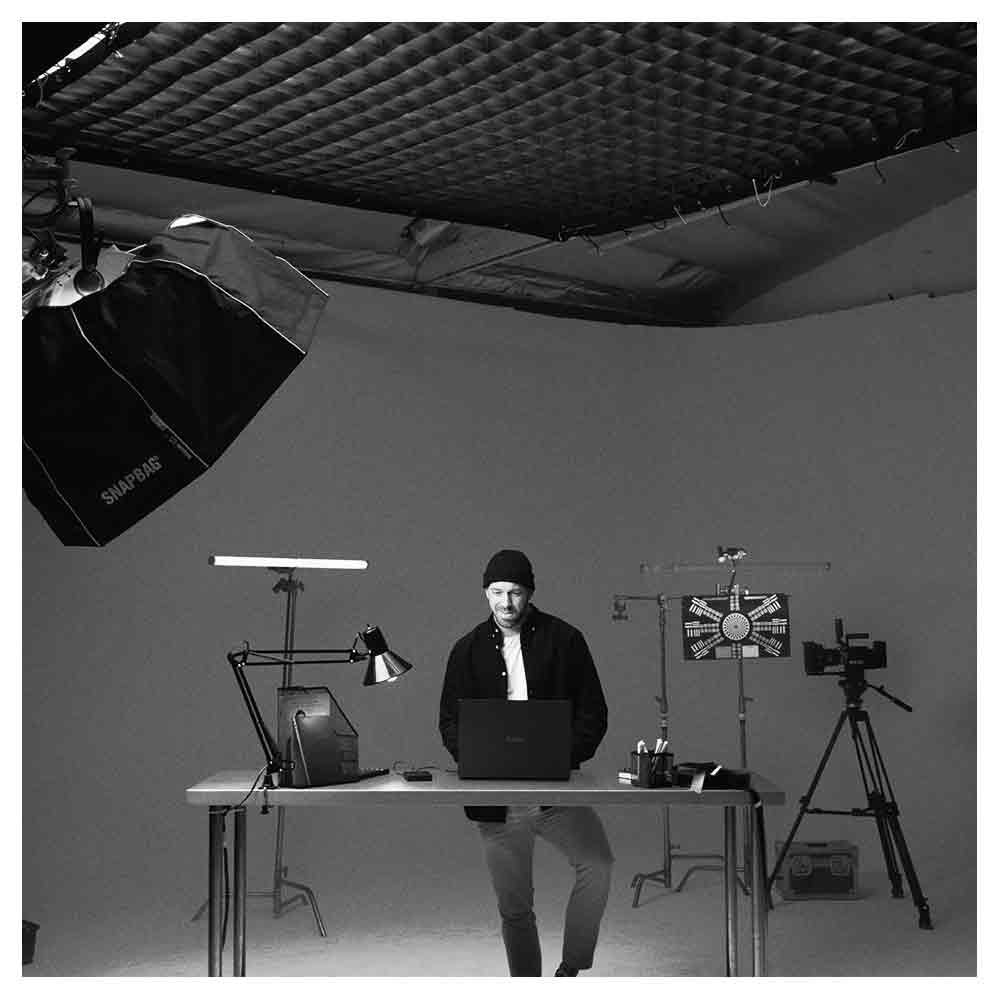How To Write A Film Pitch: Captivate Your Audience and Get Your Idea Greenlit
Lights, camera, action! You have a brilliant idea for a film, one that you believe will captivate audiences and leave them wanting more. The only problem? You need to pitch your concept to the powers that be. Your film pitch will make or break your chances of getting your project off the ground. So how do you create an engaging, persuasive pitch that will leave industry professionals clamoring to work with you?
In this blog post, we'll dive into film pitching and explore the key ingredients behind crafting a pitch that's impossible to resist. I'll cover everything from honing your idea to understanding your audience and mastering your presentation skills. By the end, you'll have the tools and techniques needed to take your film pitch from good to great.
1. What is a Film Pitch?
A film pitch is a brief, compelling presentation of your movie idea designed to persuade producers, studio executives, or investors, to support your project. It's your opportunity to show them why your film is worth making and how it will resonate with audiences. The key is to create a pitch that is concise, engaging, and easily understood.
2. Understanding Your Audience
Before diving into the components of your pitch, take a moment to consider your audience. Who are they? What are their preferences and expectations? What kind of films have they produced or invested in before? Understanding your audience's tastes and preferences will help you tailor your pitch to resonate with them.
Do your research: Study your audience's past projects and the kinds of stories they gravitate towards. This will give you insights into their preferences, and you can use that knowledge to make your pitch more appealing.
Speak their language: Film industry professionals have their own lingo, and using it effectively can make you sound like a pro. Be familiar with terms like logline, treatment, and lookbook, and use them in your pitch to demonstrate your industry savvy.
3. The Anatomy of a Killer Film Pitch
Now that you understand your audience let's dive into the four main components that make up a winning film pitch:
The Logline
The Synopsis
The Treatment
The Lookbook
The Logline
The logline is your film's hook - a one-sentence summary that conveys the essence of your story. It should be intriguing, concise, and unique, compelling your audience to want to know more. The perfect logline will:
Introduce the main character and their goal
Present the central conflict
Suggest the film's genre and tone
Here's an example of a powerful logline:
A young woman with a dark past must confront her fears and unravel a deadly conspiracy before she becomes its next victim.
The Synopsis
The synopsis is a 1-2 page summary of your film's plot. It should cover the main story beats, including the beginning, middle, and end. The goal is to provide a clear and compelling overview of your film's narrative while still leaving some room for curiosity.
When writing your synopsis, keep the following tips in mind:
Stay focused: Stick to the main plot points and avoid going off on tangents. Keep your synopsis concise and easy to follow.
Emphasize conflict: The conflict is what drives your story, so make sure to highlight it throughout your synopsis. Describe the obstacles your protagonist faces and the stakes at play.
Show, don't tell: Use evocative language and vivid imagery to bring your story to life. This will help your audience visualize your film and become more invested in the idea.
The Treatment
A treatment is a detailed, 5-10 page breakdown of your film's story. It dives deeper into your characters, plot, and themes, providing a comprehensive picture of your film. Your treatment should include:
A clear description of your film's act structure, outlining the beginning, middle, and end
A focus on key scenes that showcase your film's unique elements and emotional core
An exploration of your film's themes and how they resonate with audiences
Writing a treatment can be a challenging process, but remember to:
Stay organized: Break your treatment down into sections, using headings and subheadings to make it easy to navigate.
Maintain your voice: While a treatment is more detailed than a synopsis, it's still essential to keep your writing engaging and lively. Use your unique voice to make your treatment as captivating as your film idea.
The Lookbook
The lookbook visually represents your film's style, tone, and atmosphere. It can include images, mood boards, color palettes, and even sketches or storyboards. A well-crafted lookbook will help your audience:
Understand your film's visual language and how it contributes to the story
Envision your film's production design, including sets, costumes, and props
Grasp the cinematography and visual style you envision for your film
To create a compelling lookbook:
Choose images carefully: Select images that accurately represent your film's style and tone. These can include stills from other films, photographs, or artwork.
Be consistent: Make sure your lookbook has a cohesive visual theme, as this will make it more engaging and professional-looking.
Include captions: Provide brief descriptions for each image, explaining its significance and how it relates to your film.
4. Preparing for Your Presentation
With your pitch components in place, it's time to prepare for the actual presentation. Here's how to make sure you're ready to shine:
Rehearse, rehearse: Practice your pitch until it feels natural and flows smoothly. This will help you feel more confident and in control during your presentation.
Time yourself: Keep your pitch under 20 minutes. Anything longer may cause your audience to lose interest.
Prepare for questions: Anticipate the questions your audience might ask and be ready with well-thought-out answers. This demonstrates your expertise and dedication to your project.
5. Delivering Your Pitch With Confidence
Now that you're prepared, it's time to deliver your pitch. Here are some tips for making a memorable impression:
Be passionate: Show your enthusiasm for your project. If you're excited about your film, your audience will be too.
Be clear and concise: Speak clearly, and avoid using jargon or industry terms that your audience may not understand. Keep your pitch focused and to the point.
Engage your audience: Make eye contact, use gestures, and vary your tone of voice to keep your audience engaged.
Stay flexible: Be prepared to adapt your pitch on the fly. If your audience seems more interested in one aspect of your film, be ready to expand on that topic and adjust your presentation accordingly.
Be open to feedback: After you've delivered your pitch, listen to your audience's questions and comments with an open mind. Their feedback can provide valuable insights and help you refine your project.
6. Follow-Up and Next Steps
Once your pitch is over, don't just wait for the offers to roll in. Be proactive and take the following steps to maximize your chances of success:
Send a thank you note: Express gratitude to your audience for taking the time to hear your pitch. This not only shows professionalism but also keeps you in their minds.
Provide additional materials: If your audience requests more information or materials, be prompt in sending them. This demonstrates your commitment and readiness to move forward with your project.
Stay connected: Keep in touch with your audience, updating them on your project's progress and any new developments. This will help maintain their interest and show that you're serious about making your film a reality.
Be persistent: If your pitch doesn't get the green light right away, don't be discouraged. Keep refining your idea, building your network, and looking for new opportunities to pitch your film. Persistence and determination are key to success in the film industry.
Now that you've mastered the art of crafting a captivating film pitch, it's time to take your idea to the next level. Remember, your passion, creativity, and dedication are your greatest assets. With a well-prepared pitch and some luck, you'll be well on your way to turning your film idea into a reality. So go forth and conquer the world of film pitching, and let your story shine on the big screen!






























